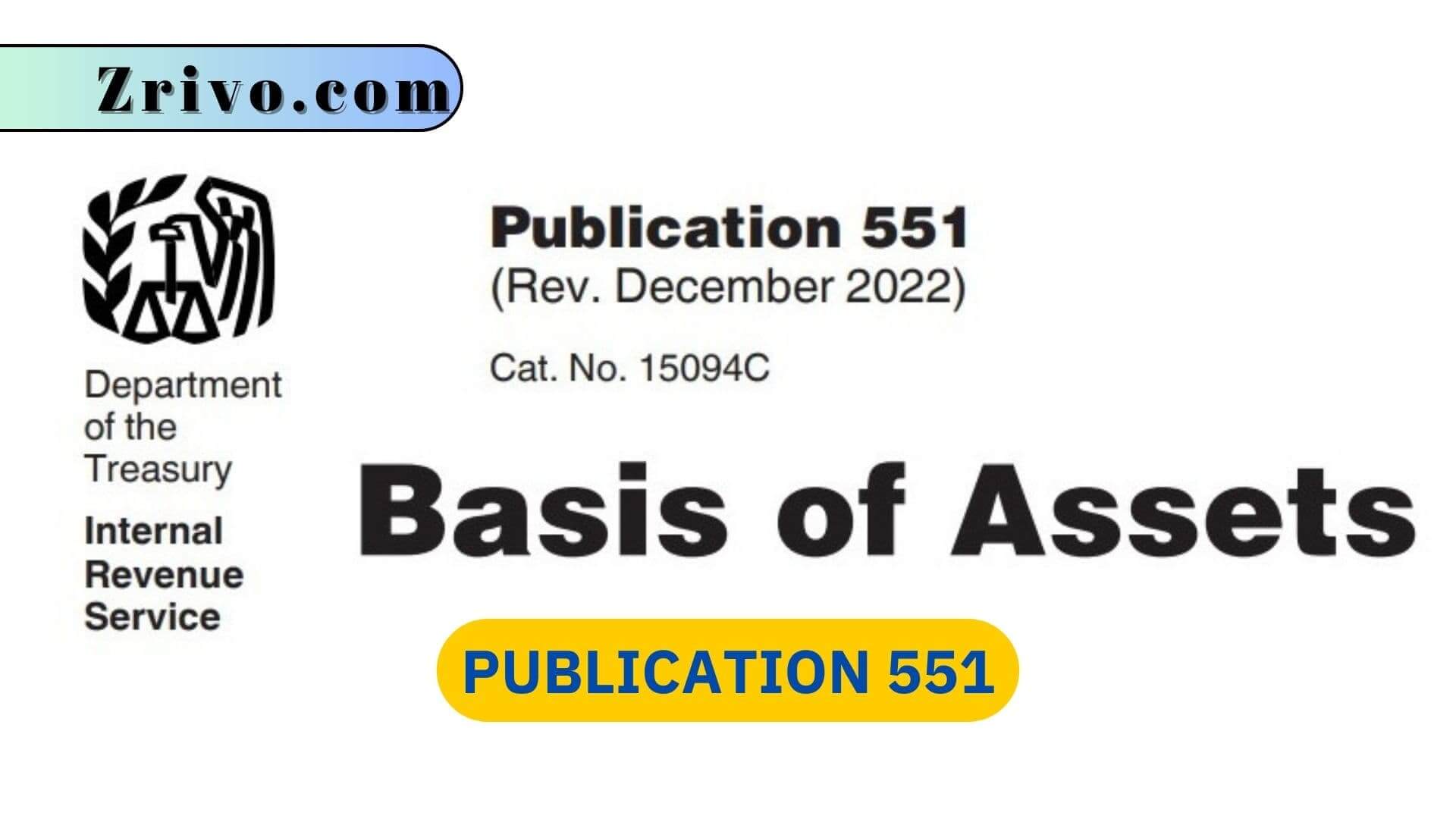
IRS Publication 551, Basis of Assets, is a critical resource that aims to clarify the intricate process of determining the basis of assets for tax purposes. The basis refers to the value assigned to an asset, which is used to determine the amount of gain or loss when the asset is sold, exchanged, or disposed of. This publication serves as a comprehensive guide, offering taxpayers essential information about the basis of various types of assets, such as stocks, bonds, real estate, and more.
Understanding the basis of assets is crucial for taxpayers as it directly affects their tax liability. By accurately determining the basis, taxpayers can calculate the taxable gain or loss associated with the disposition of an asset. Consequently, this information helps in correctly reporting income and complying with the tax laws established by the IRS.

What Does IRS Publication 551 Cover?
IRS Publication 551 provides detailed instructions on calculating the basis of different types of assets. It covers various scenarios, including the purchase of assets, inheritance, gifts, and exchanges. By clarifying the rules and methods for determining basis, the publication ensures taxpayers are equipped with the knowledge necessary to accurately report their tax obligations.
The publication also covers the topic of adjustments to the basis of assets. It explores common scenarios that may necessitate adjustments, such as property improvements or the recovery of previously claimed depreciation. Understanding these adjustments is crucial for taxpayers to ensure accurate reporting and compliance with IRS regulations.
IRS Publication 551 also provides specific guidance on determining the basis of assets falling into distinct categories. This includes real estate properties, stocks, bonds, mutual funds, and business assets. By offering detailed explanations and examples, the publication helps taxpayers navigate the complexities associated with determining the basis for each asset type.
Maintaining accurate records is vital when it comes to determining the basis of assets. IRS Publication 551 emphasizes the importance of proper record-keeping practices, including documentation of the purchase price, related expenses, and any subsequent adjustments. By stressing the significance of meticulous record-keeping, the publication empowers taxpayers to have organized and accurate information readily available during tax filings.

Additional Key Points About Publication 551
The publication covers a wide range of assets, including real estate, stocks, bonds, mutual funds, business assets, and more. It explains the rules and methods for determining the basis of each asset type, ensuring taxpayers have a clear understanding of the calculations involved.
Publication 551 outlines various scenarios of acquiring assets, such as purchase, inheritance, and gifts. It provides:
- Guidance on how to determine the basis in each of these situations.
- Taking into account factors such as the fair market value, adjusted basis of the previous owner.
- Any additional costs or improvements made to the asset.
Publication 551 addresses specific situations taxpayers may encounter, such as like-kind exchanges, involuntary conversions, and installment sales. It provides detailed guidelines on how to determine the basis in these unique scenarios, ensuring taxpayers are well-informed about the tax implications associated with these transactions.
IRS Publication 551 includes practical examples and worksheets that taxpayers can use to better understand the basis calculation process. These examples illustrate different scenarios and provide step-by-step instructions on determining the basis of assets, making it easier for taxpayers to apply the concepts to their own situations.
While the publication is available in print form, it is also accessible on the official IRS website. Taxpayers can download the publication as a PDF document, allowing for easy access and reference whenever needed.